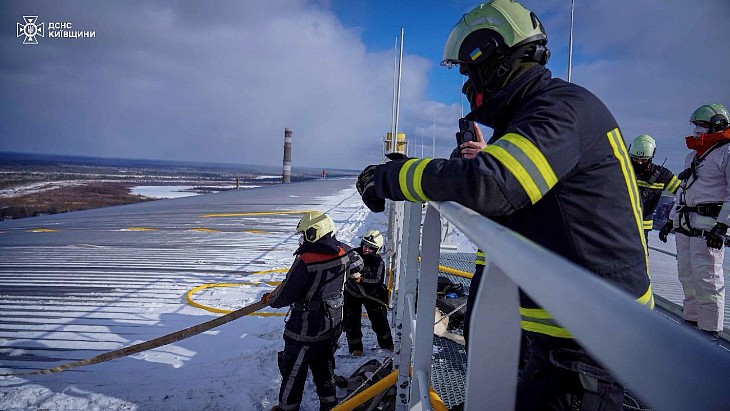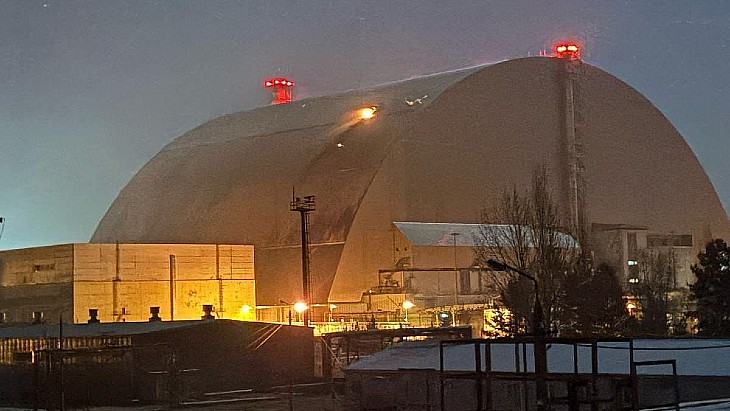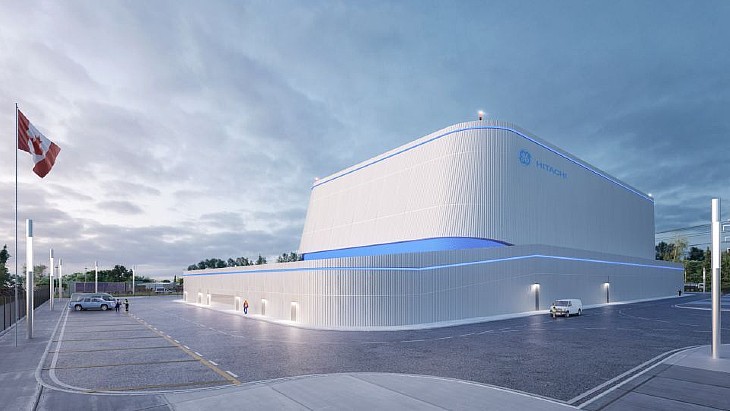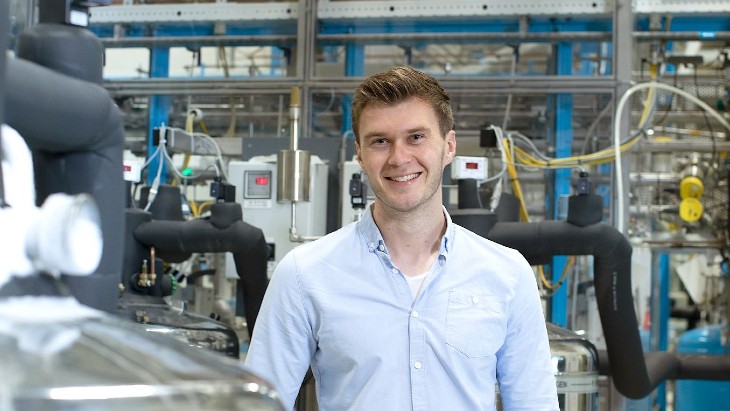Local consent clears way for restart of Onagawa 2
.jpg)
Murai announced his decision after meeting with Hiroshi Kameyama, mayor of the city of Ishinomaki, and Yoshiaki Suda, mayor of the town of Onagawa. The two municipalities host the Onagawa nuclear plant. At a 9 November meeting, the leaders of most of Miyagi's 35 municipalities agreed to support the decisions of Onagawa and Ishinomaki. The prefectural council approved the restart in October.
"I have decided to understand the government policy to promote the restart of nuclear power plants," Murai was quoted as saying by Nikkei news agency. "The operation is expected to create employment and have an economic spillover effect due to orders from local companies."
The Onagawa plant was the closest nuclear power plant to the epicentre of the earthquake and tsunami of 11 March, 2011, but sustained far less damage than expected. The earthquake knocked out four of the plant's five external power lines, but the remaining line provided sufficient power for its three BWRs to be brought to cold shutdown. Onagawa 1 briefly suffered a fire in the non-nuclear turbine building. The plant was largely unaffected by the tsunami as it sits on an elevated embankment more than 14m above sea level, but the basement floors of unit 2 were flooded.
A mission from the International Atomic Energy Agency in August 2012 concluded that the structural elements of the nuclear power station were "remarkably undamaged, given the magnitude of ground motion experienced and the duration and size of this great earthquake".
Tohoku applied to the Nuclear Regulation Authority (NRA) in December 2013 for a safety assessment of Onagawa 2 to verify countermeasures applied at the plant meet new safety standards. In late November 2019, the NRA approved a draft screening document that concluded the upgraded plant will meet revised safety standards, introduced in January 2013. On 26 February this year, the NRA approved the final screening report, clearing the way for the unit to resume operation. The utility is still required to complete the countermeasure upgrades before it will be able to restart Onagawa 2.
Tohoku expects to spend about JPY340 billion (USD3.2 billion) on the countermeasures, which include seismic reinforcement of Onagawa 2 and construction of a 29-metre high and 800m long sea wall to protect the plant from tsunamis. It had originally planned to complete this construction work by April 2017, but the schedule has been pushed back a number of times. It now expects this work to be completed in FY2022 (ending March 2023).
Onagawa 2 will become the first Japanese BWR - the same type as used at the damaged Fukushima Daiichi plant - to be restarted. BWRs at Tokyo Electric Power Company's Kashiwazaki-Kariwa plant in Niigata Prefecture and unit 2 of Japan Atomic Power Company's Tokai plant in Ibaraki Prefecture have already received NRA approval to restart, but have yet to obtain local consent.
Tohoku has already decided to decommission Onagawa unit 1 and is considering applying to restart unit 3.










..._58412.jpg)
